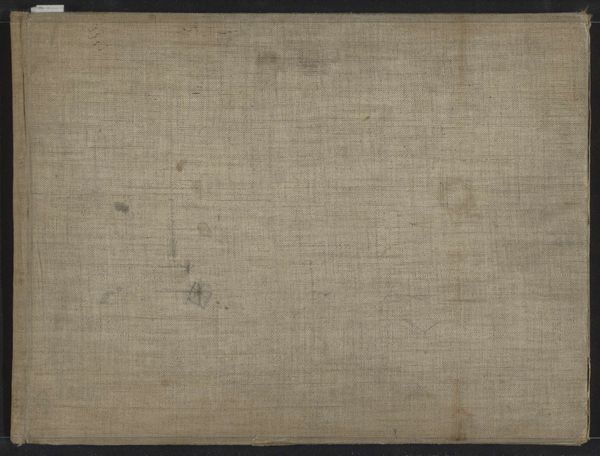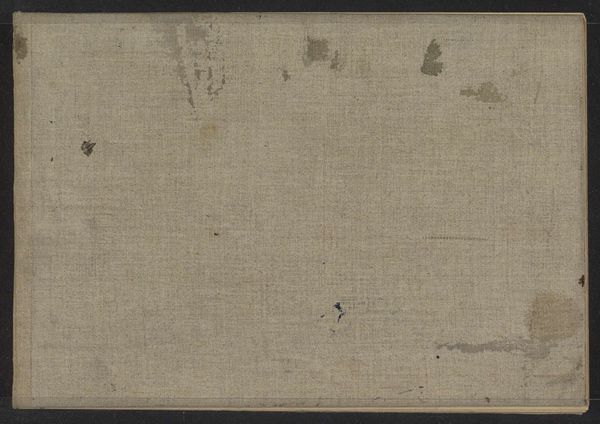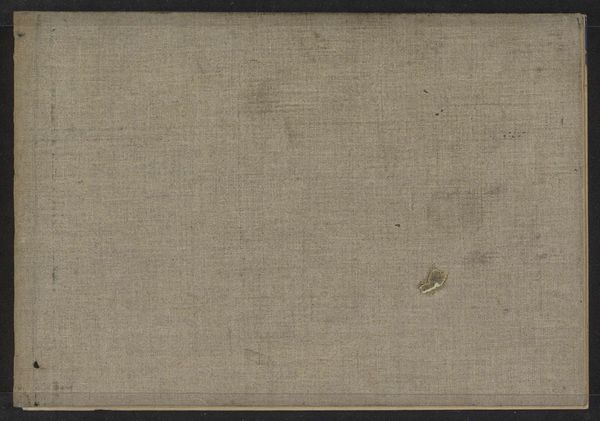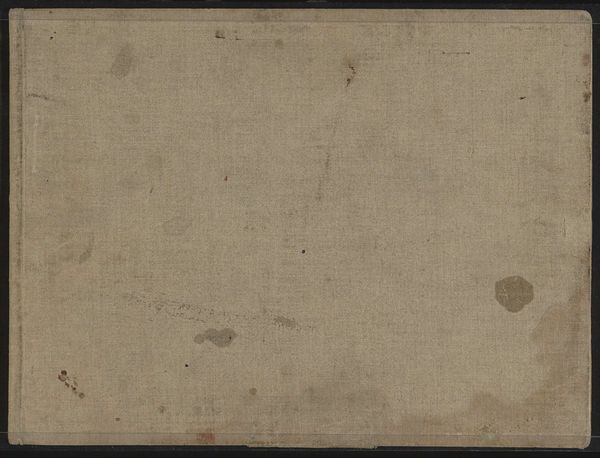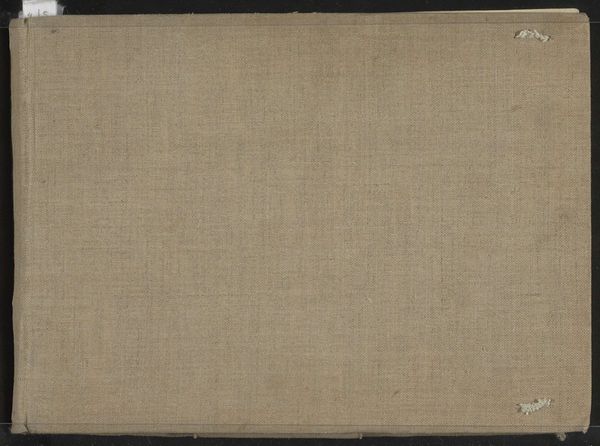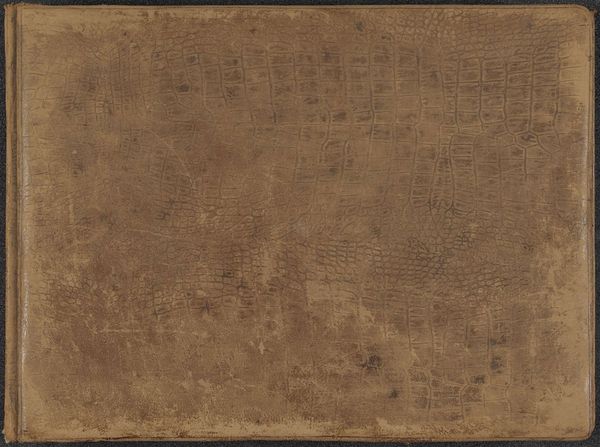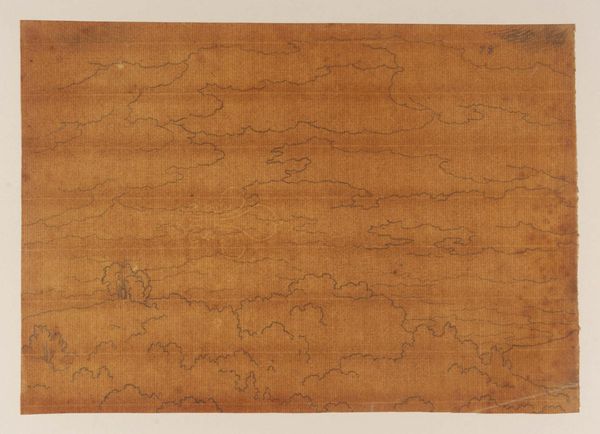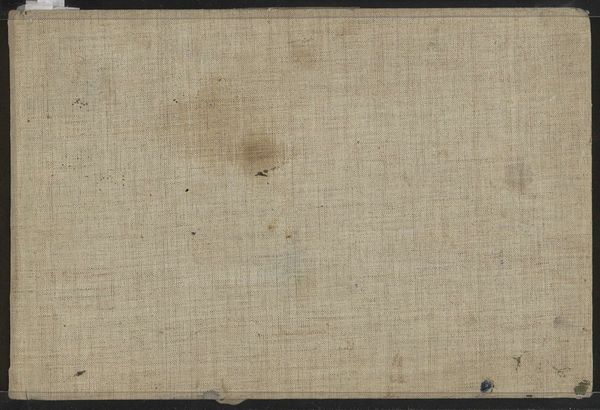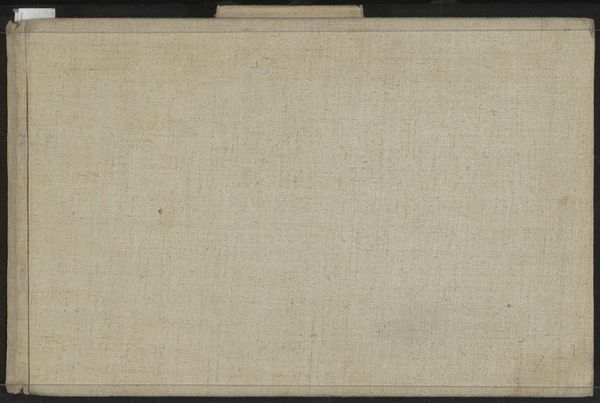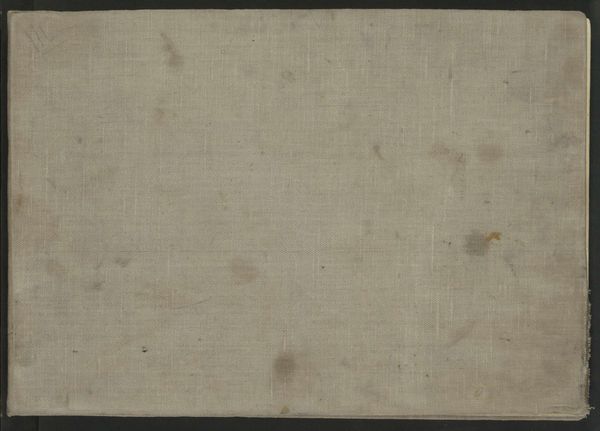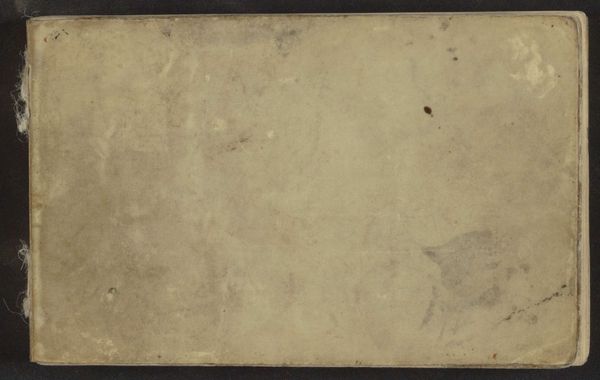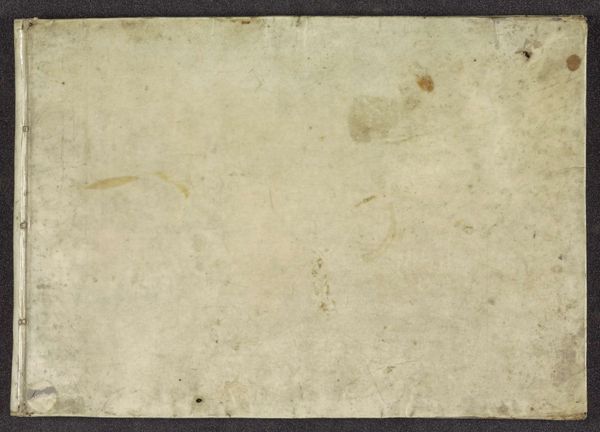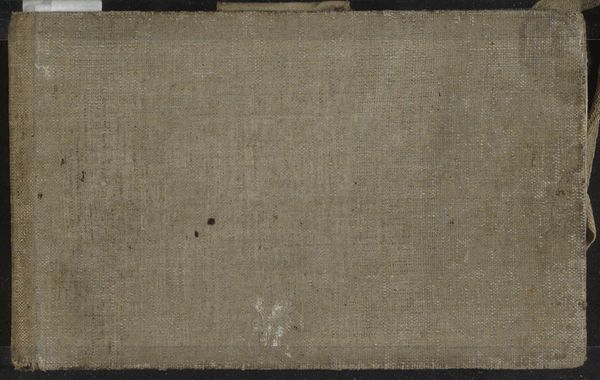
Fotoalbum met opnames van bezienswaardigheden in Japan en studioportretten c. 1860 - 1900
0:00
0:00
diversevervaardigers
Rijksmuseum
#
natural stone pattern
#
toned paper
#
water colours
#
muted colour palette
#
tile art
#
carved into stone
#
earthy tone
#
wooden texture
#
natural palette
#
watercolor
Dimensions: height 273 mm, width 372 mm, width 730 mm, thickness 10 mm
Copyright: Rijks Museum: Open Domain
Curator: I'm immediately drawn to the subdued palette—a field of textures in tones of beige and ivory. It exudes a sense of quiet contemplation. Editor: And that's a wonderful point. We're looking at an album, "Fotoalbum met opnames van bezienswaardigheden in Japan en studioportretten," created roughly between 1860 and 1900. This particular view emphasizes the materiality of the cover, which suggests incredible artisanal labor. Curator: Absolutely. Look closely and you can see subtle floral patterns woven into the cloth, then covered with a muted and simpler patch of toned paper, also decorated. I wonder about the cultural narrative embedded within its crafting? How does its material significance speak to both Japanese aesthetics and its consumption by, perhaps, a Western audience? Editor: That layering certainly presents a considered visual hierarchy. The tactility hints at the global circuits of trade and cultural exchange influencing even the production of a humble photo album. The textured cover would have been prized. Curator: Right, it prompts considerations around who controlled representation in this era. Consider these Japanese scenes and portraits viewed, preserved, and mediated through this object; it makes us reflect on power, gaze, and identity. How did these images shape perceptions of Japan for people far removed from it? Editor: Indeed. Furthermore, the materials—the cloth, the toned paper, the watercolors perhaps used within—speak to the craft traditions employed. We can infer a value placed on these traditions during a period of significant social transformation. The album form itself facilitated cultural dissemination. Curator: It's a compelling visual document that moves beyond the immediate photographic content. The album invites critical perspectives, urging us to investigate not just what the photos show, but also how and why they were made, distributed, and eventually viewed within shifting global dynamics of cultural exchange. Editor: It reveals the significance and craftsmanship involved in even the most functional of items. Looking at this unassuming cover reveals much about the era's artistic values and the hidden economies sustaining them.
Comments
No comments
Be the first to comment and join the conversation on the ultimate creative platform.
